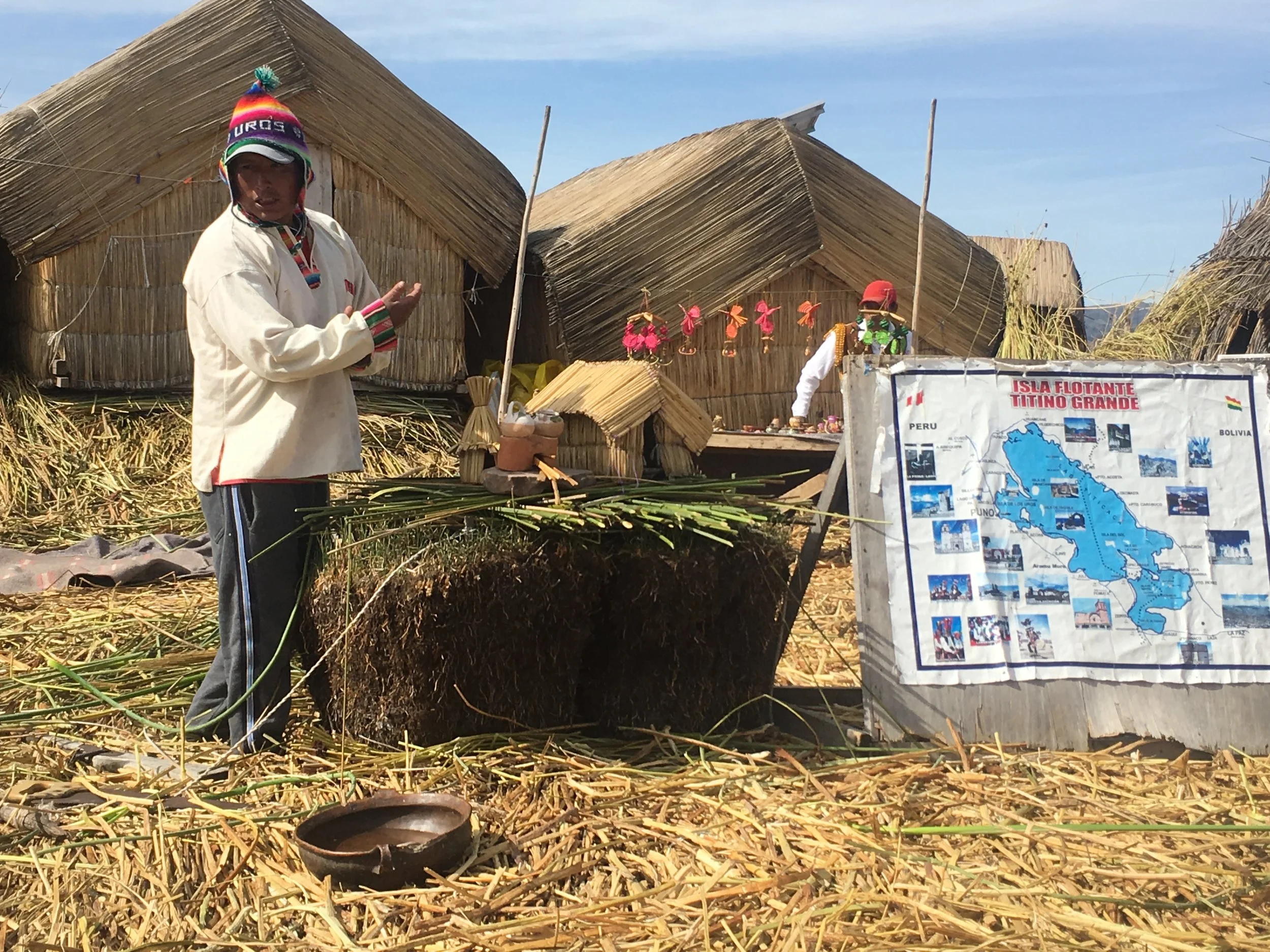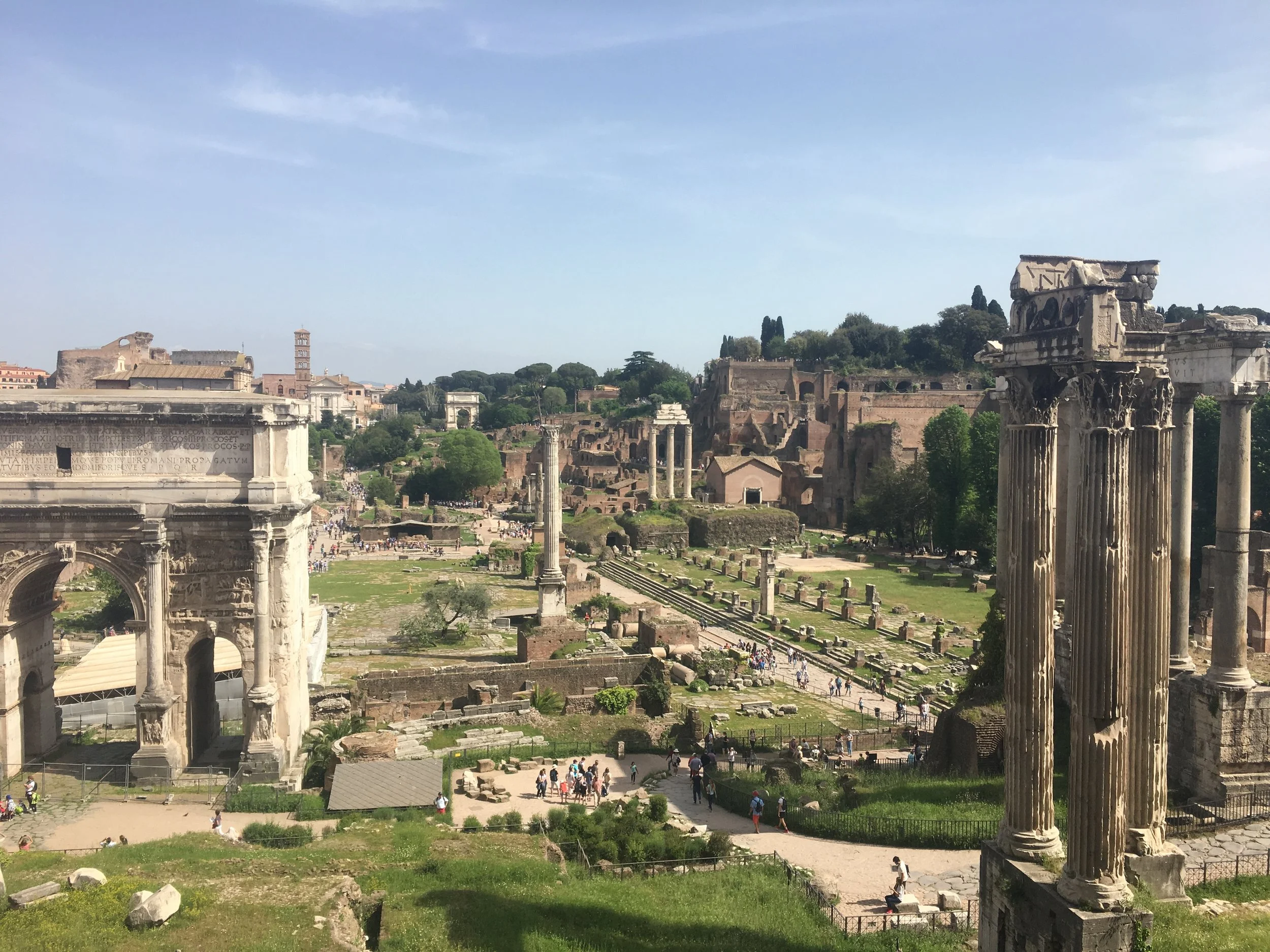1,000 Places and the Problem of Eurocentricity in Travel Writing
Maybe it’s because it’s a coffee table book that no one actually reads, and maybe it’s because all of us who do read it get too excited to start our next trip to get into it, but there are some severe issues with 1,000 Places to See Before You Die.
I have ranted (good-naturedly for the most part, if a rant can be good natured) about the organizational structure of the book to my family and friends. The author will list a city like London as one eight-paged entry but has five separate entries for New Orleans. Sometimes an entire country will be listed, like Mauritius, and sometimes it will just be a famous location, like the Kennedy Space Center. It’s a mess. The part of me trying to give the benefit of the doubt assumes that is so the book hits exactly 1,000 places. The part of me that does data management is appalled.
But my issue with the book came to a head when I realized that the book’s author lists more places in just the UK and Ireland than the entire continent of Africa. There is no way that there is more to see in those two - very small - nations than all of Africa. The combined continents of Asia and Africa make up only about 25 percent of the book. Europe makes up almost 40 percent, making the problem less an odd oversight and more a embedded part of the book.
Some additional fun number comparisons: four entries for the city of Dublin, four entries for all of West Africa. Separate entries for Belgian chocolate, fries, and beer but zero entries related to food in China. There are more entries just for skiing destinations in Colorado than there are entries for the country of Laos.
On one level, I get it. Maybe she just really loves certain areas. My personal travel list is roughly 1/3 Europe, 1/3 Asia, and 1/3 everywhere else. It’s not exactly balanced. But my travel list is catered to my specific interests, particularly in history, and not a general guide to the world. For example, I have absolutely zero interest in Brazil, but if I was going to write a book for the general populace on what to see in the world, you can bet Brazil would be on there. It’s a giant, diverse country and lots of people find it fascinating. And if you can’t do that, then at least put a disclaimer as to why something is being ignored, or glossed over, so you aren’t misrepresenting yourself and your recommendations. We are all human, but it’s one thing to acknowledge we have gaps in our knowledge and another thing entirely to pretend what you wrote is perfectly representative of the world.
Now, this begs the question “Ok, I get that you have serious issues with the book and that it is unbalanced, but why does that matter?” Two reasons. One, travel is supposed to broaden people, to force us to experience and learn new things, not calcify our already existing ideas. If our travel magazines and guide books don’t look beyond that, they just reinforce our preconceptions, rather than undermine or at least broaden them. This is especially pernicious for books that address the “entire world” and give some areas far more attention than others. It’s easy as an American to assume that France is more interesting than Mali. Its another thing entirely to see that bias in print.
The second, and more insidious, thing is that it is far easier to dismiss places we know less about than what is familiar. It’s easier to ignore the AIDS epidemic in Africa if the continent is nothing more than a blob on a map. Terror attacks in France and the UK are visceral for people in the US because we know those countries. You or your cousin/friend/ex-lover might have been there. This is especially important because policy makers, in both business and government, are often travelers. Their biases on where in the world matters and is “interesting” to them has implications for the decisions they make. The less we engage with parts of the world, especially in travel, the less likely we are to understand them or treat them with consideration in the future.
There are, of course, safety concerns with many parts of the world. As a woman who travels around the world solo and has had several unfortunate incidents, safety is at the forefront of many of my trip decisions. But this author does list places – with a warning – in the currently war-torn countries of Syria and Yemen. And I've never seen anyone leave a place like Italy off a list like this because it's notorious for petty crime and pick-pocketing. So those safety concerns, while important, are not an excuse for a lack of engagement with certain regions in the world.
This particular book is not the only culprit. I read a lot of travel news and magazines, and many of them have similar biases. I see it every winter when everyone from the New York Times to Lonely Planet puts out their “must travel” lists for the upcoming year. Those are frequently Euro and US-centric. But the frequency of these biases means it’s more important to fight against them, not less.
Travel is about more than sharing your pictures with friends, or seeing awe-inspiring ruins, or eating incredible food – although all those things are awesome. It’s also about learning about new people, cultures, and opinions. And about how at the end of the day, we’re all just people, living our lives. Short-changing parts of the world, even unintentionally, undermines that mission and leaves us all the worse for it.
To see my interactive map showing everywhere listed in the book, click here: https://bit.ly/2GYI1Iy





